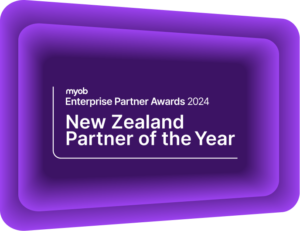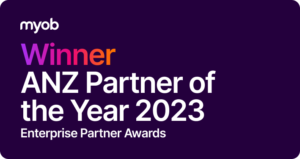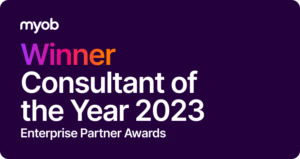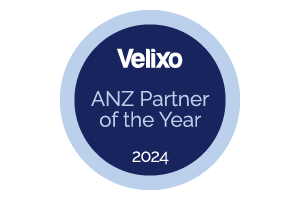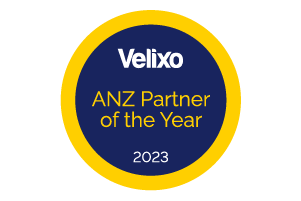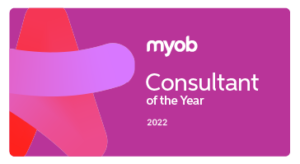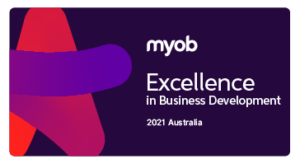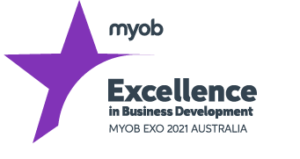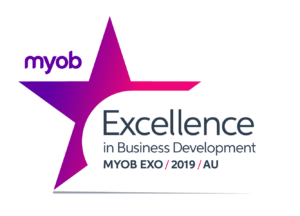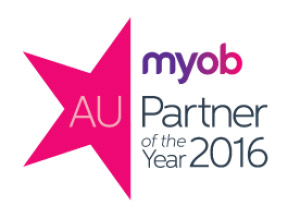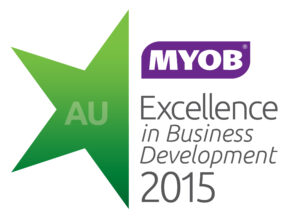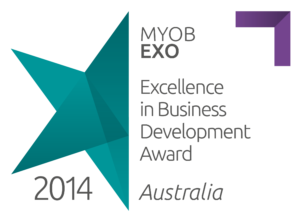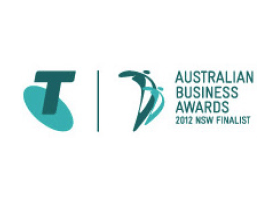How to include cloud in your 5-year business plan
Prepare your organisation for a cloud migration if and when you need itUsing cloud-based software solutions helps your organisation stay agile and innovative and enables you to confidently embrace the future. It is fast becoming a necessity for modern businesses. Working in the cloud improves efficiency and is part of the competitive business landscape – without it, you are sure to fall behind. However, making an unplanned leap to the cloud is unwise. Take time to consider your steps and enact the right change process before making your migration. By planning for your future, you put your organisation on a risk-free pathway to the cloud.
Why Cloud Matters for Your Business
Cloud computing offers unparalleled flexibility, scalability, and efficiency for your business. It is a crucial component for future-proofing your organisation and mitigating risks that come from on-premise systems.
Embracing cloud technology can revolutionise the way your business operates. Incorporating cloud solutions into your long-term strategy ensures you stay ahead of the curve to meet evolving customer demands. There are many benefits to the cloud for modern businesses:
- Scalability – adjust resources up or down in real-time to support operations,
- Cost Effectiveness – Based on pay-as-you-go subscription models and charging based on your usage, cloud costs are much more tailored to your specific organisation,
- Flexibility and accessibility – anytime, anywhere access through the internet promotes remote work, collaboration, and productivity,
- Automatic updates and maintenance – server and hardware updates are left to the hosting house, as well as general maintenance costs,
- Security – hosting houses invest heavily in security measures, including encryption, access control, 2FA and more,
- Disaster recovery – combined with security policies, hosting houses have robust and tested disaster recovery processes to minimise your downtime and maximise continuity, and
- Innovation – cloud technology is in the fast-developing frontline of modern technology, seeing significant investment in its continuous development.

Moving to the Cloud eBook
Download now6 simple steps to include cloud in your 5-year business plan
Incorporating cloud technology into your 5-year business plan is a strategic move that can scale your organisation to new heights.
Step 1: Assess Your current infrastructure
Before diving into cloud migration, take stock of your existing IT infrastructure. Identify pain points, bottlenecks, and areas that could benefit from cloud optimisation. Conduct a thorough assessment to determine which applications and processes are suitable for migration to the cloud. For many businesses, understanding when your current on-premise servers are due for replacement will be a significant factor in when you can move to the cloud. Servers take a significant capital investment; it can be prudent to wait until they are due to be replaced. Make the most out of their initial cost before migrating to the cloud.
Step 2: Set clear objectives
Establishing clear objectives is crucial for a successful cloud migration strategy. Define what you aim to achieve through cloud adoption. This could be reducing operational costs, increasing agility, or improving overall efficiency. These objectives will serve as guiding principles throughout the planning and implementation phases of your migration.
Step 3: Choose the right cloud solution
There are many cloud solutions available in the market – it is important to choose the right one for your organisation. Take the advice of an experienced cloud solution and business advice specialist. They can guide you through the evaluation process and help you improve efficiency with clever cloud technology. Implementing the right system at the right time is key to your long-term success.
Step 4: Develop a migration plan
Crafting a detailed migration plan is essential for a smooth transition to the cloud. Identify key milestones, allocate resources, and establish a timeline for the migration process. Collaborate with your IT team or engage with a reputable cloud service provider to ensure a well-executed and seamless transition. The cost of rectification is much larger than the cost of getting it right the first time.
Step 5: Prioritise security and compliance
Data security is paramount in the digital age. Ensure that your chosen cloud solution aligns with industry compliance standards and regulations. Implement robust security measures to safeguard sensitive data and maintain the trust of your customers. Leading solutions will have access controls such as two-factor authentication and strong data encryption protocols, including while data is in transit and at rest.
Step 6: Foster a culture of adaptability
Successful cloud migration extends beyond technology—it requires a cultural shift within your organisation. Beginning to foster a mindset of adaptability and continuous learning among your team can streamline your cloud migration. Adaptability leads to constant improvement as each team member becomes open to better ways of operating. This can boost overall efficiency above and beyond your technology improvements. Once migrated, providing training and support to your team empowers them to leverage the full potential of cloud solutions.
Take your on-premise system to the cloud
As MYOB ERP specialists, the Kilimanjaro Consulting team has extensive experience in helping Australian and New Zealand organisations make the move to the cloud. A one-size-fits-all approach may not be the best path forward for your organisation. We can help you with a cloud discovery session and determine your optimal pathway to the cloud.
MYOB Advanced Business – the cloud-based ERP for larger, more complex organisations
MYOB Advanced Business (Acumatica) is a powerful cloud-based ERP system. It is built natively for the cloud and for Australian and New Zealand organisations. As a cloud-native platform, MYOB Advanced’s infrastructure and backend is built for cloud-based optimisation. It is faster, more secure, and more efficient than on-premise systems that have been ported over to the cloud.
An MYOB Advanced implementation provides organisations with a comprehensive set of tools for financial management, supply chain management, project management, customer management, human resource management and more. The software is designed to facilitate business process improvement, automate tasks and other business events, and provide real-time insights into key performance indicators (KPIs). It is suitable for large, complex organisations and can be customised to suit your specific requirements so that you can manage your entire organisation from one advanced platform.
Moving to the cloud with MYOB Exo and ExoHosted
If continuing to use MYOB Exo Business is a part of your 5-year plan, then consider your options of hosting it in the cloud. ExoHosted is a cloud solution developed by Kilimanjaro Consulting that will host your MYOB Exo database in a shared cloud environment. This gives you many benefits of moving to the cloud, such as:
- Eliminating on-premise server maintenance and update requirements,
- Anywhere, anytime accessibility – sign into MYOB Exo via a web browser,
- No requirement to train your team in a new system, continue using the familiar MYOB Exo platform,
- Maintain your ecosystem of integrated third-party solutions in the cloud,
- Bundled maintenance costs into a monthly subscription instead of large capital expenditure on new servers, and
- Security and disaster recovery are managed by the MYOB Exo experts.
ExoHosted is MYOB Exo in the cloud. It can be a strong first step or part of a hybrid-cloud solution for your organisation as you look to migrate operations into the cloud.
Talk to a cloud expert for help in planning and evaluating your options in the cloud. Email samacs@kilimanjaro-consulting.com or call 1300 857 464 (AU) or 0800 436 774 (NZ) to start your cloud conversation and incorporate it into your 5-year business plan.


